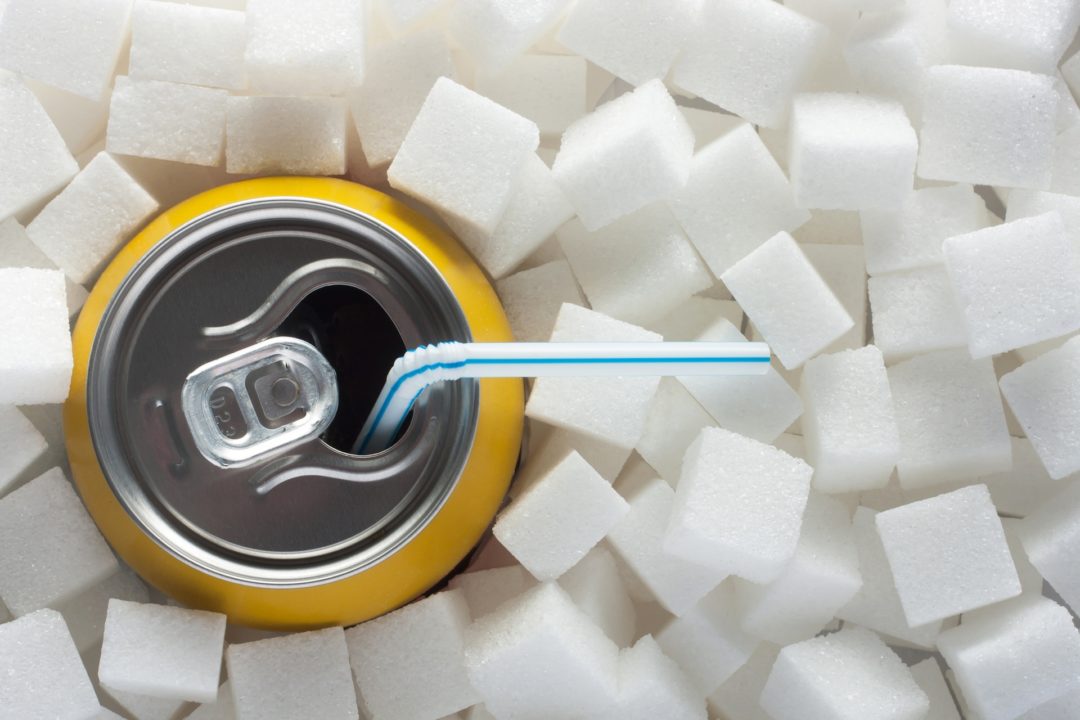Specifically, the percentage of consumers who drink more than 500 calories of heavy sugar-sweetened beverages (SSB) trended downwards in the United States between 2003 and 2016. Among children, it dropped from 11% to 3%, across all subgroups; among adults, it declined on average from about 13% to 9%, but there was variation among different age, sex, and racial/ethnic groups.
SSBs are consumed by about 60% of children and 50% of adults daily, a press release explains. Excessive intake is linked to conditions such as diabetes and cavities. In recent years, concern regarding consumption has been addressed through strategies such as beverage taxes and healthy beverage ordinances requiring restaurants to offer only healthy beverages with children’s meals.
"Our study contributes important new evidence and insights to research on SSB consumption, and it tells a public health success story. The percentage of children and adults who are heavy sugary beverage drinkers has declined significantly, which is similar to trends in overall SSB consumption. Public health strategies to reduce excessive intake of sugary beverages appear to be working," said senior investigator Sara N. Bleich, Ph.D., Professor, Department of Health Policy and Management, Harvard T.H. Chan School of Public Health, in the release.
Related: Sweetening Up Front-Of-Package Labeling Associated with Improved Nutrition Healthy Diet Could Save $50 Billion in Health Care Costs
The investigators used data from 2003 to 2016 for a total sample of over 20,000 children and 30,000 adults from the National Health Examination and Nutrition Survey (NHANES), looking both at changes in consumption over time by heavy SSB consumers overall and trends by age, sex, race/ethnicity, and family income level.The results showed that the percentage of heavy SSB drinkers has increased among people 60 years old and older, although the percentage of heavy SSB consumers in this group was low. There was no significant change in the percentage of heavy SSB consumers among the 40-59-year-old group among non-Mexican Hispanic adults, while most other race/ethnicities showed an improvement. The final finding: Most of the SSB calories consumed by heavy SSB drinkers were from stores, and about half of the SSB calories were consumed at home.
First author Kelsey A. Vercammen, M.Sc., Department of Epidemiology, Harvard T.H. Chan School of Public Health, commented: "The insights gleaned from our study can help reduce consumption even further. Because the results zeroed in on several groups who showed no improvement or actually increased their intake, these can be used to better target interventions. Ongoing surveillance is also important to keeping these trends moving in the right direction."










